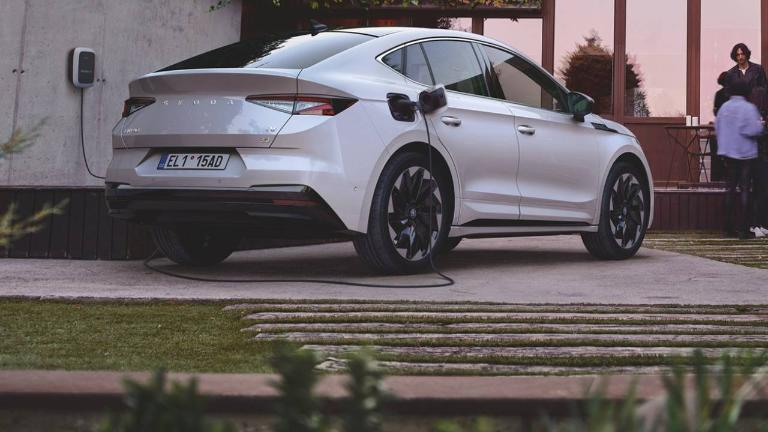Electric cars & charging: all you need to know
Alternating current (AC) and direct current (DC), standard or fast charging, photovoltaic power and smart grid: here is some useful information on electric cars’ charging.
Charging an electric car can seem either complicated or very simple, depending on the perspective from which one approaches the subject. The basic concept is that the vehicle has to be plugged into a socket via a cable, but extending the discussion touches on many other aspects. For example: do you use the supplied cable or the one from the plug? Is the power source a home plug, a wallbox, or a charging station? And in the latter case, is it direct current (DC) or alternating current (AC)? The latter, in particular, is an important question - depending on the answer, it is possible to understand what is the available charging power and thus the speed of the whole process.
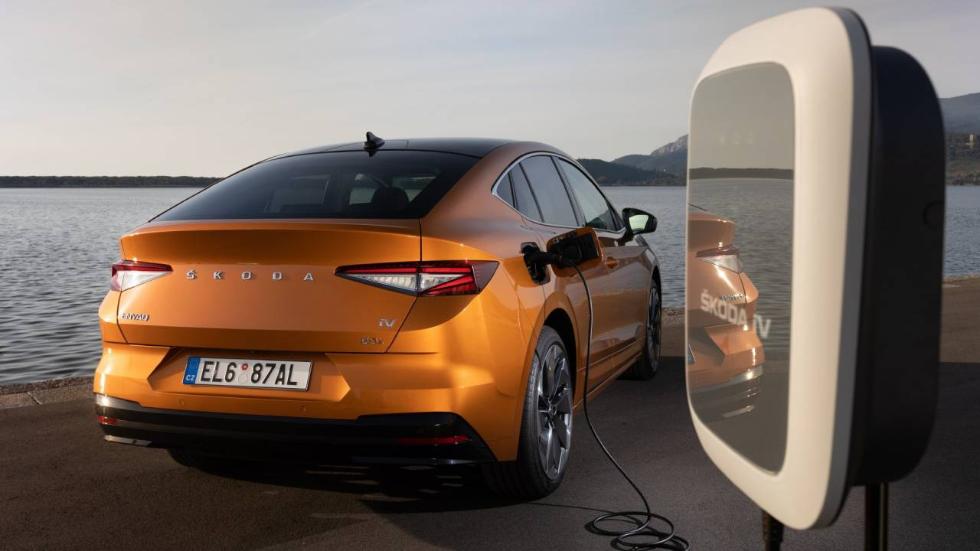
Alternating current
The car battery stores energy in the form of DC voltage, so there must be an on-board inverter that allows the battery to be recharged with DC current even if the grid provides AC. The inverter must have special features, if only because of the thermal load involved in its operation and is the main reason why the two charging methods have different maximum power supply levels.
In fact, the inverters that are on board the car cannot exceed a certain power, because otherwise they would be too big and heavy. For that matter, even the most powerful AC charging points and wallboxes do not exceed 22 kW of power output. Therefore, in these cases charging is handled by the car itself through its inverter, which in the case of the ŠKODA ENYAQ iV has a maximum capacity of 11 kW.
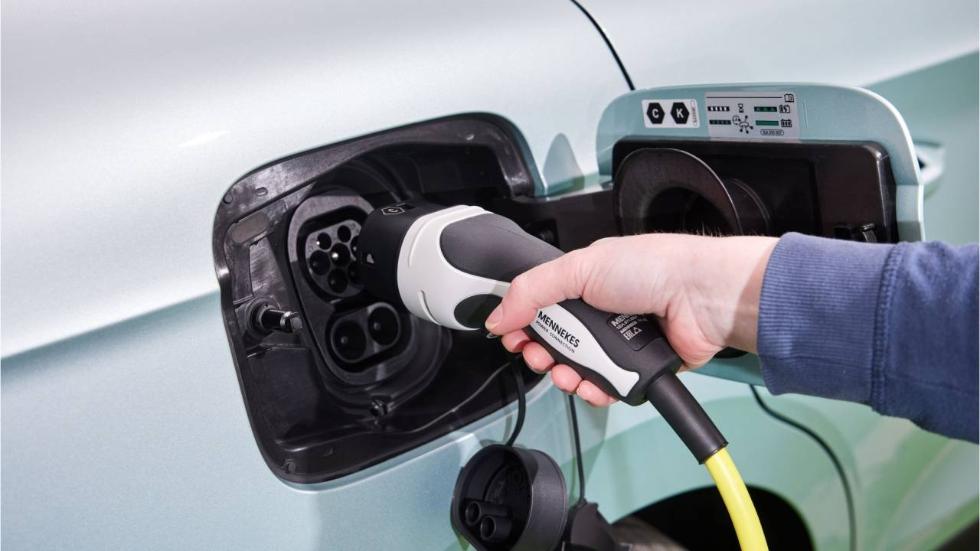
Direct current
With DC charging, on the other hand, power is supplied to the car by an inverter located inside the charging station - this means that the voltage is already DC and the battery can receive it directly. Of course, an inverter installed in a charging station can be much larger and heavier than the one in a car, which is why it can reach higher powers.
Fast-charging stations support a power of at least 50 kW, rising to as much as 350 kW in the case of the most advanced installations, such as Ionity's. Currently, the ŠKODA ENYAQ iV accepts a maximum output of 135 kW.
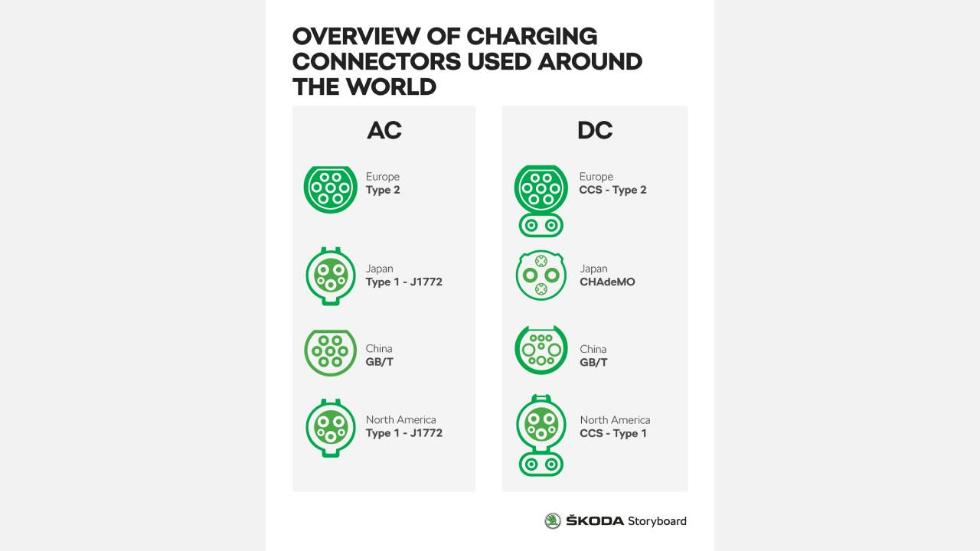
Connectors for electric charging
Let’s move on to connectors: there are different types, but for DC fast charging in Europe in recent years the connector called CCS (Combined Charging System) has become the standard. In terms of form, this is just an "enlarged" version of the Mennekes type connector, which is instead the standard for AC charging and can be found both in home wallboxes and in the cable supplied with the car, which can be plugged into either 230-volt two-phase or 400-volt three-phase sockets.
There are more than 310,000 fast-charging stations in Europe, i.e., with a CCS connector, accessible with the ŠKODA Powerpass service, either through the single card or the dedicated app. "In Europe, the standard is CCS, but in some cases you may still find the CHAdeMO connector, while in Asia and the United States there are other types of connectors", explains Michal Hora, ŠKODA's high-voltage charging systems expert.
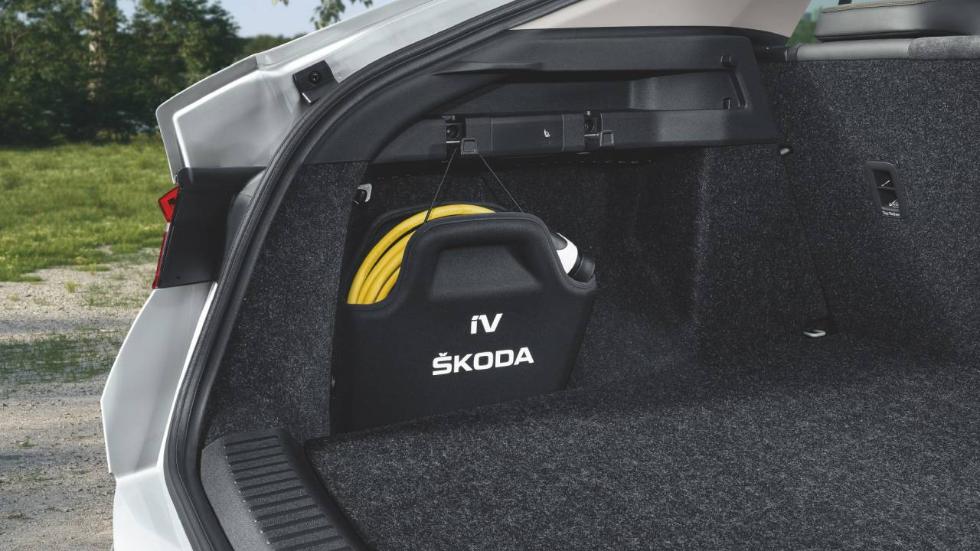
Standard charging
Depending on the method used, the charging power and, consequently, the amount of time the car has to spend connected to the charger changes. With the supplied charging cable, an electric car can be recharged with between 2.3 and 11 kW of power output through standard electrical sockets or wallboxes (specifically, a three-phase socket or wallbox allows charging powers from 7.2 to 11 kW). Public AC charging stations provide electricity ranging from 3.6 to 22 kW. As for charging times, however, with a wallbox it takes six to eight hours to fully recharge an ENYAQ iV, depending on battery capacity.
Fast charging
With DC charging, the time is considerably reduced. At a 50 kW charging station, the ENYAQ iV can be charged to 80% of battery capacity - the recommended charge level - in less than an hour. To "fill up" it takes about one hour and twenty minutes. If the charging station reaches 135 kW, you can go from 10% to 80% capacity in just 29 minutes.
Photovoltaic power and the smart grid
Photovoltaic power will play a significant role in the future of electric vehicles. Already today, solar panels are an important option, in terms of costs and sustainability, for those who have the opportunity to install them in their homes or businesses. In a few years, electric cars will be integrated into a household's entire energy management and smart grid. This means, for example, that the car battery will be able to transfer its energy to buildings when needed, charging at times when electricity is cheaper. And in the meantime, new technologies are being explored to increase range and further improve the charging experience.
Source: ŠKODA
VGI | Responsible OU: VP | Creation date: article date | Class 9.1
